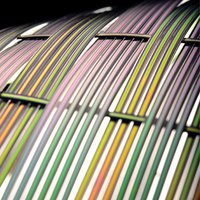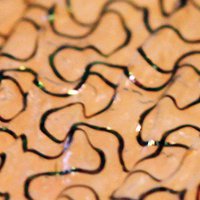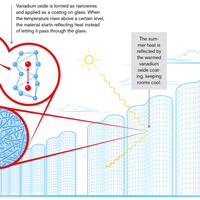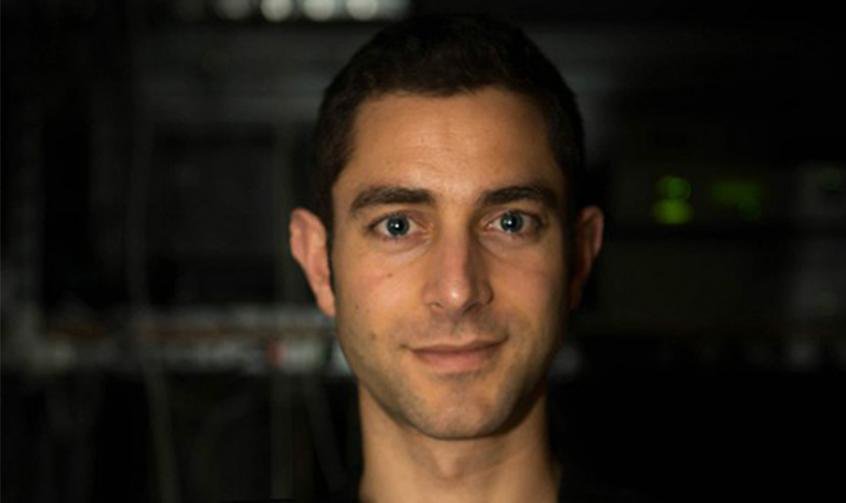"Who does not remember his first experience of a holographic image, and the immediate, almost surprised fascination of its three-dimensional vision produced on us, as the result of a bizarre behaviour regulated by complex physical laws? David Fattal, too, was fascinated by the properties of light and its interaction with matter and as a young student in physics at the Ecole Polytechnique, he decided to understand it much more deeply and today, holographic viewing may be brought to a completely different level thanks to Fattal's accomplishments: upon securing a PhD from Stanford University, he joined the HP Nanophotonic Laboratory in 2005. The 40 patents and countless publications of this 33-year-old physicist witness his intense research activity in this field. Most of all, he was eager to find practical applications which might transform our daily lives. Making 3D imaging possible on the small, thin screens of today's mobile devices, was certainly one of these worthy challenges.
Having studied at Stanford, the “resonance phenomena in plane dielectric structures” gave David the idea of how to control the emission, propagation, and absorption of light, and through this, achieve his goal of 3D Imaging and Video without the need of any filter such as glasses used by current systems. The system he devised at the HP Labs consists of two main components: a retroillumination system, and an external modulator similar to those of common LCD displays. The retroillumination system is a very thin, crystal layer with a battery of LEDs all around, which emit light towards specific points (pixels) inside the crystal. These pixels are the core of Fattal's studies, as they create a “diffraction mesh” that disperses light in a controlled way. By controlling light, we control how the human eye perceives the space around us. The modulator comes into play for that, “driving” each of the light rays emitted by the LEDs as a combination of the three fundamental colours (green, red, and blue). The result is that an image that varies according to the angle of viewing can be created without the need of additional filters.
This is precisely an important point of Fattal's system: by avoiding additional filters to separate the three colours, the screen is far more transparent and therefore more power-efficient (no light is wasted by filtering). Furthermore, the modulator can treat rays spaced a few tens of microns from one another, which is far more than traditional holographic modulators where rays need to be spaced below 1 micron. Fewer rays to process means more processing capabilities for the same image, and 3D video becomes a reality! To prove this, the HP prototype, developed by David and his team showed results at 30 frames per second.
From prototype to a commercial product, the path is long, but Fattal keeps his goal clear in his mind: bring 3D video imaging to commercial mobile devices in the nearest possible future."




